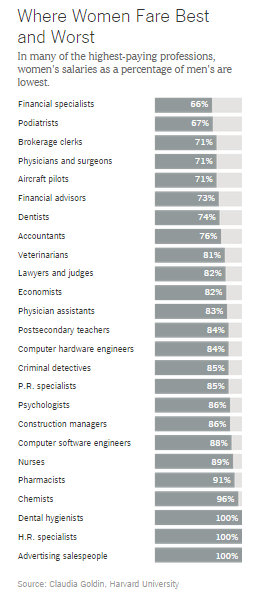(p. A27) In 2006, beekeepers in Pennsylvania’s apple country noticed the first sign of many bad things to come. Once thriving beehives were suddenly empty, devoid of nearly all worker bees, but with an apparently healthy, if lonely, queen remaining in place. Over a period of just three months, tens of thousands of honeybees were totally gone. Multiply this across millions of beehives in millions of apiaries in the more than 22 states that were soon affected, and suddenly we faced a huge, tragic mystery. Up to 24 percent of American apiaries were experiencing colony collapse disorder (C.C.D.).
. . .
We still don’t really know why C.C.D. was happening, but it looks as if we are turning the corner: Scientists I’ve spoken to in both academia and government have strong reason to believe that C.C.D. is essentially over. This finding is based on data from the past three years — or perhaps, more accurately, the lack thereof. There have been no conclusively documented cases of C.C.D. in the strict sense. Perhaps C.C.D. will one day seem like yet another blip on the millennium-plus timeline of unexplained bee die-offs. Luckily, the dauntless efforts of beekeepers have brought bee populations back each time.
For the full commentary, see:
NOAH WILSON-RICH. “Are Bees Back Up on Their Knees?” The New York Times (Thurs., SEPT. 25, 2014): A27.
(Note: ellipsis added.)
(Note: the online version of the commentary has the date SEPT. 24, 2014.)



